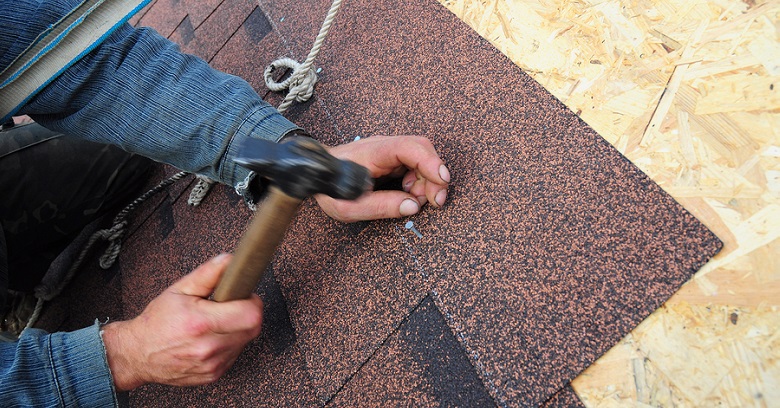
The good thing about roofs is they usually only need to be replaced once or twice in a homeowner’s life. The exception to this would be if a disastrous weather event strikes and massive damage was received. Most roofs have a long service life, especially considering modern innovations that help increase their function and durability. With proper maintenance, your protective house covering may not need to be replaced for 30 or more years.
Since the lifespan of roofs has improved over the years, it is more difficult for a homeowner to know when it’s time for replacement. If you're not sure whether you need a full replacement, you need to consult with experienced roof services who can inspect your structure and determine exactly what needs to be done.
If you do need a new roof, then you need to know whether you must tear off the existing structure and rebuild the entire system or whether you can just cover over the old system.
What Does It Mean To Re-Roof Over an Old System?
There are two options available to homeowners when it comes to roof replacement. The first option is for a contractor to tear off all the existing materials from the shingles all the way down to the decking and underlayment. The second is to cover the old system. This is done by applying an entirely new layer of material on top of the existing damaged system.
Should You Re-Roof Over an Old System?
Whether or not it is a good idea to apply a new layer of materials over existing material depends on a few things. The most important thing to consider is the condition of the current roof. If the damage is not severe and there are no major issues with the existing structure, then covering and not replacing may be OK.
When re-roofing is the choice rather than an entire replacement, it can save quite a bit of money. This is a more favorable option for many homeowners; however, there are risks involved when covering an existing system.
Re-Roofing Risks
One big risk that you take when you make a decision to re-roof is the structure will be vulnerable to further damage and other problems if the installation is not done correctly. If a mold problem exists and is covered over by new materials, it could become an even bigger issue. When the existing structure is already problematic, this could lead to a collapse. All of this is in addition to the fact that the re-roofing process may not even be allowed by some building codes and municipalities.
Deciding Whether to Re-Roof or Fully Replace
If you are unsure whether to completely replace your current housetop or not, discuss your concerns with expert roof services. They can do a complete inspection of your housetop structure and tell you which option is best for your specific situation.
Remember to check with your municipality's building department to see if building codes in your area permit re-roofing. The most important thing you can do after consulting with roof services is to take a step back and objectively assess all of your options. Don't make a wrong decision to cover rather than replace and then find yourself with bigger problems down the road!






